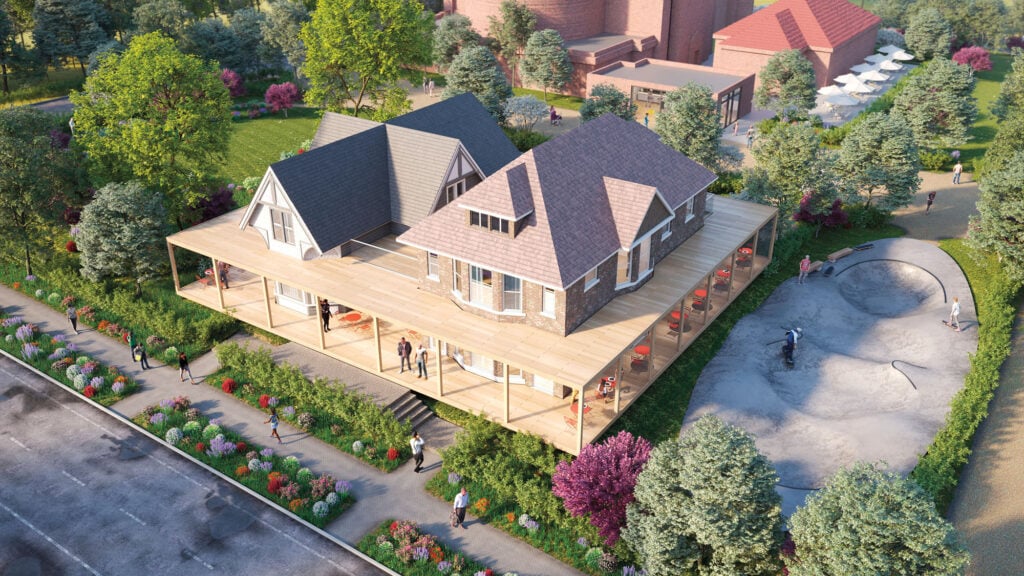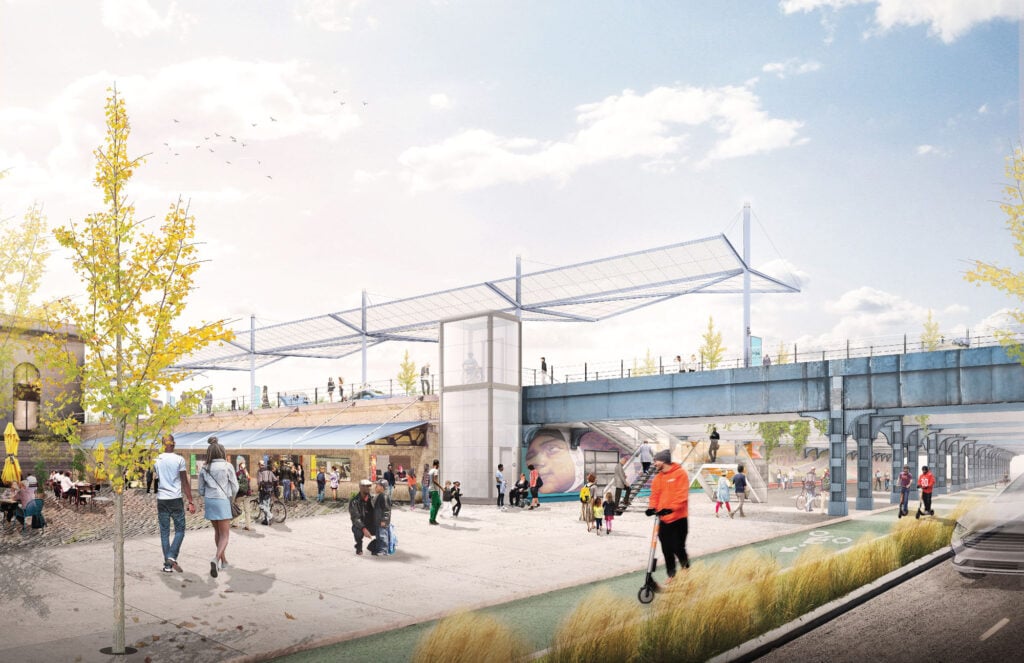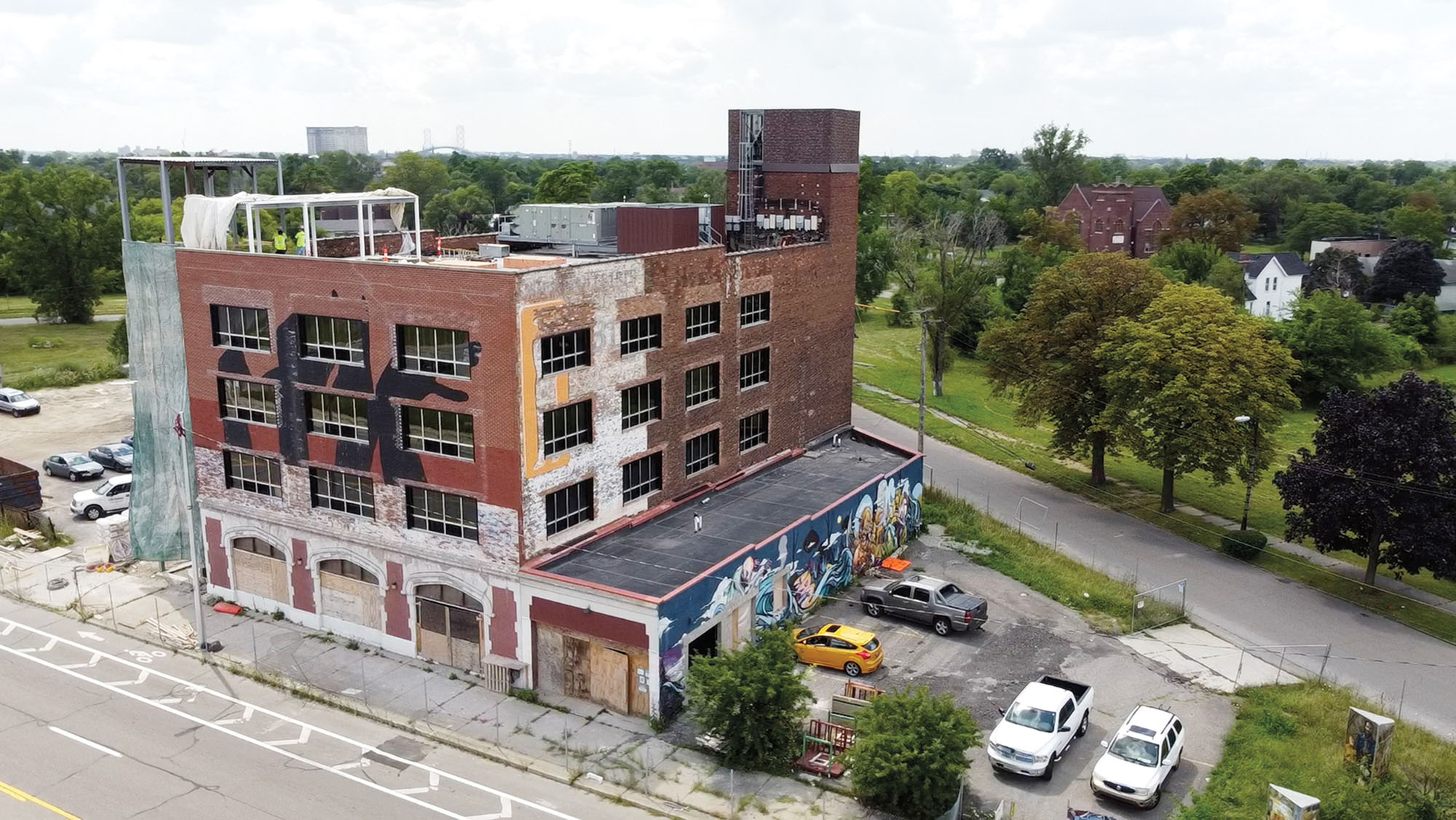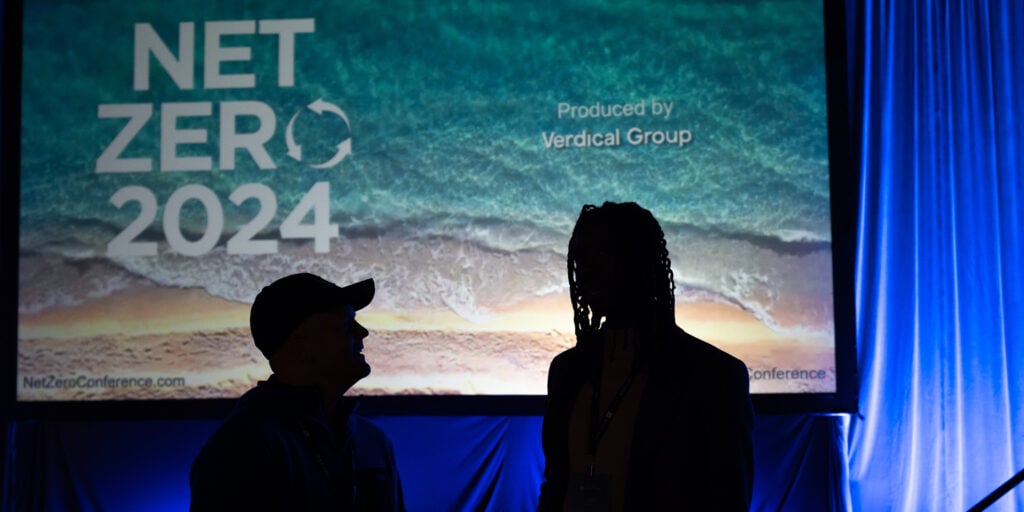
July 27, 2022
Following Years of Revitalization, Detroit Still Has a Long Way to Go

“The African-American population is still largely disinvested in, and still largely doesn’t have the capacity to lead development in our own neighborhoods and in the city where we are the majority population,” said Malik Yakini, the executive director of the Detroit Black Community Food Security Network (DBCFSN), a citywide organization of urban farmers and distributors whose aim is to create sustainable, independent sources of fresh food for Detroiters.
“The logic of capitalism leads to the trickle-down economic development that we’re used to seeing, where the core of the city is where the majority of the finances are put in and we develop that with the hope that then, somehow, that wealth and prosperity will trickle down to the rest of the population in the neighborhoods,” Yakini added.
Anika Goss is CEO of Detroit Future City, a think tank dedicated to using data to design and encourage a more equitable future for Detroiters. She has a statistic that she shares frequently to point out how lopsided the gains from investment and development in Detroit have been so far.
“The exclamation point to what we’re seeing, how we’re trending in terms of demographics, is that the only neighborhoods that are growing population are upper-income white neighborhoods where we’ve seen this large-scale investment,” Goss said. The rest of the city is static or shrinking.




Yakini has been working for nearly a decade, for instance, to leverage the financing for DBCFSN’s Detroit Food Commons, a 31,000-square-foot, two-story development along Woodward Avenue, the city’s north-south spine. It will house the Detroit People’s Food Co-op, which will be a full-service, low-cost grocery in the city’s North End neighborhood. Many Detroit neighborhoods lack easy access to fresh food outlets because many big grocers avoid the city altogether, and smaller ones sell mostly processed food. The food co-op intends to give Detroiters better access to and more control over the food landscape.
“We’ve approached the finish line over a long period of time,” he said. “There were several barriers that we faced, and one I want to [underscore] is the question of market studies. If you’re going to any financiers for a deal, they want to see a market study that suggests the demographics and all the other factors align [to] reasonably project that the business will be viable.
“But the problem with that is that this art and science of developing market studies is not some objective thing. In fact, often what happens is, if you’re hiring a person to do the market study for some amount of time, they come here for three days and they try to get a glimpse of the trade area and try to understand what the demographics and traffic patterns are, and then they make some projections based on similar circumstances, similar factors in other places.”


According to Yakini, the underestimation of the Detroit market is nicely illustrated in the development of a Whole Foods store in the city’s core in 2013. Projections for sales in the store, developed by a market study, were shattered in the first year.
“So there was something wrong with the perspective of the folks who were doing the market research, because they grossly underestimated the market value within the city of Detroit,” Yakini said. “I think part of that is rooted in this very subtle racism that continues to permeate American society that suggests things like ‘Black people are not concerned about healthy food,’ or suggests that we’re not willing to spend money on our well-being and all kinds of other assumptions. As we’re looking at how we create more equitable development, changing the template for market studies is one of the things we have to do.”
Goss believes a big part of the problem is the difference in the lenses that get applied to projects in the city’s core, and out in more underserved communities. She said the expectations for big financial returns are mostly concentrated in neighborhoods that already have strong fundamentals, and those neighborhoods tend to be whiter than the rest of the city. Meanwhile, in Black neighborhoods, the investments seem to be “social” in nature, and not of the scale or possible return of investments in the core.
“The big opportunities are not going into those areas, and when they do, it’s socializing poor Black people and that really bothers me,” she said. “It’s not economic opportunity. So, without some sort of disruption or interruption to that same model, we will continue to [see the] trend where the only places that grow are white and those are the only places that are also stable. That is the highest risk for us.”

The best example Goss has seen of Detroit development focused more on the majority population is along Livernois Avenue, on the northwest side of the city, where a once-thriving mile-long Avenue of Fashion that had gone largely fallow was revived with an eye toward inclusive development. African-American developers did the work. African-American businesses were given the support to open shops along the stretch. And the surrounding neighborhoods, which range from middle- to upper-class majority African-American areas, were dealt into the design and execution from the beginning. The result is a thriving corridor that not only reflects but also seems to celebrate the city’s majority population.
“I’ve never seen it done like that [elsewhere],” Goss said. “Anytime there’s a concentration of investment in that way, it’s always turning over to the people that have the money to make the development happen first, which are generally wealthy white developers. And so, I think there really is something to build from. If we are making investments for Black and Brown people in Detroit, because that’s where they’re living, in neighborhoods, what does that require? It requires this intentional reflection and investment in these areas so that you can have the result that you want at the end.”
Chase Cantrell agrees that the Livernois project’s outcomes were better for Detroiters, but he still believes there was a lack of intentionality in the design. Cantrell is founder and executive director of Building Community Value, whose specific aim is to create more space and opportunity for development in the city’s underserved neighborhoods.




“Yes, we were able to select Black developers for the projects that are happening on 6 Mile, but there was no cultural plan. It was a traditional market plan of ‘Let’s just get retail restaurants into these spaces. Yes, we’ll pick Black people.’ But there wasn’t a conversation about ‘How is this preserving culture or creating culture? What do we want to see?’ I think that we’re still doing poorly on that, and we’re not necessarily responding to residents’ needs for culture.”
Cantrell’s most recent project, The Enclave, created through a venture called Speramus Partners, is a mixed-use redevelopment of a commercial space along West McNichols Road on the city’s northwest side.
The surrounding neighborhoods, Fitzgerald and Bagley, are tight-knit but were hard hit by pronounced disinvestment and depopulation in the 1990s and 2000s. Now they are experiencing revivals, thanks to philanthropic investments and individually financed renovations. The commercial corridor along McNichols has been left largely out of the moves forward because commercial ventures near neighborhoods like Fitzgerald and Bagley are still seen as financially risky.
“Market values on our commercial corridors are low partially because the real estate in most Black neighborhoods is undervalued,” Cantrell said. “There are six loans on my project, something that’s under 8,000 square feet—a single story. And we needed all of that to make this project work.”
According to Cantrell, it was possible only thanks to a combination of innovative financing tools, including New Market tax credits; a grant through the city’s Strategic Neighborhood Fund, a $130 million program designed to support projects in some hard-hit areas of the city; and his own personal savings.

Invest Detroit, the community development financial institution (CDFI) that helped Cantrell’s project access the tax credits, is leading the efforts along McNichols, including handling the property acquisition and recruiting other African-American developers to participate. But it’s been nip and tuck the whole way, said Cantrell. “It’s worked out. But is it a model that we can replicate? That’s the question,” he wondered.
“I live in the neighborhood where the development is taking place. So this is my neighborhood, but market values and the potential returns, especially with so much subsidy, are limited.
“This is my money at risk and the fact is, it will be very difficult to get that money out of the project for 10 years, 20 years. So as a developer trying to create a firm, it’s not as though I can wait two or three years, pull that money out, and recycle. It must stay there. And I’m not rich, and my family isn’t rich, so how do you then begin to help Black developers create a practice? That is a real challenge in the city of Detroit.”
Olga Stella, vice president for strategy and communications at Detroit’s College for Creative Studies (CCS), and recently-departed leader of CCS’s Design Core, which champions design-driven businesses and developments in the city, said the financial biases against community-led and community-centered projects have a profound design impact on those projects, and on neighborhoods. Inclusiveness, even in the finest details, matters.
“You can’t just say, ‘It’s for everybody,’ then go off and pick your paint colors and your artists, and not actually see in your mind who it is you expect to walk through the doors and whether they can get up the stairs or in through the entrance, and if they’re going to feel comfortable with the artwork, and if they’re going to like the food being served and all of these things, all of these choices,” Stella said.
She said a good example of inclusive design in Detroit can be found at the Love Building, being redeveloped in Detroit’s Core City neighborhood, an emerging corridor of small businesses, restaurants, and shops between residential areas.

“You have Allied Media Projects, [the] Detroit Justice Center, and a bunch of organizations that all center inclusion and equity in the work they do, all working together to undertake a real estate development project. They hired a black architect; they went through the community engagement [process]. They really thought about what the space was going to be. Who was the space serving? What was it going to feel like? Just as Chase was talking about with his project, every single choice makes a difference in whether that space truly serves those people.”
Stella believes Detroit needs easier ways to make projects like this seem possible:
“How do we build more confidence to do these projects in Detroit? How do we build more confidence in our neighborhoods to be able to assist? Because the decision makers still lack that confidence. And that’s true whether it’s the public or the private institutions.”
Would you like to comment on this article? Send your thoughts to: [email protected]
Related
Products
How the Furniture Industry is Stepping Up on Circularity
Responding to new studies on the environmental impact of furniture, manufacturers, dealers, and start-ups are accelerating their carbon and circularity initiatives.
Viewpoints
The 2024 Net Zero Conference Highlights the Importance of Collective Action
Last month, leading climate experts convened at the Anaheim Convention Center to reenvision the built environment for a net zero future.
Projects
McDonald’s Reimagines its Interiors through Radical Circular Design
A pilot program launching in McDonald’s France and Belgium aims to create sustainable interior renovations for the global fast-food brand





